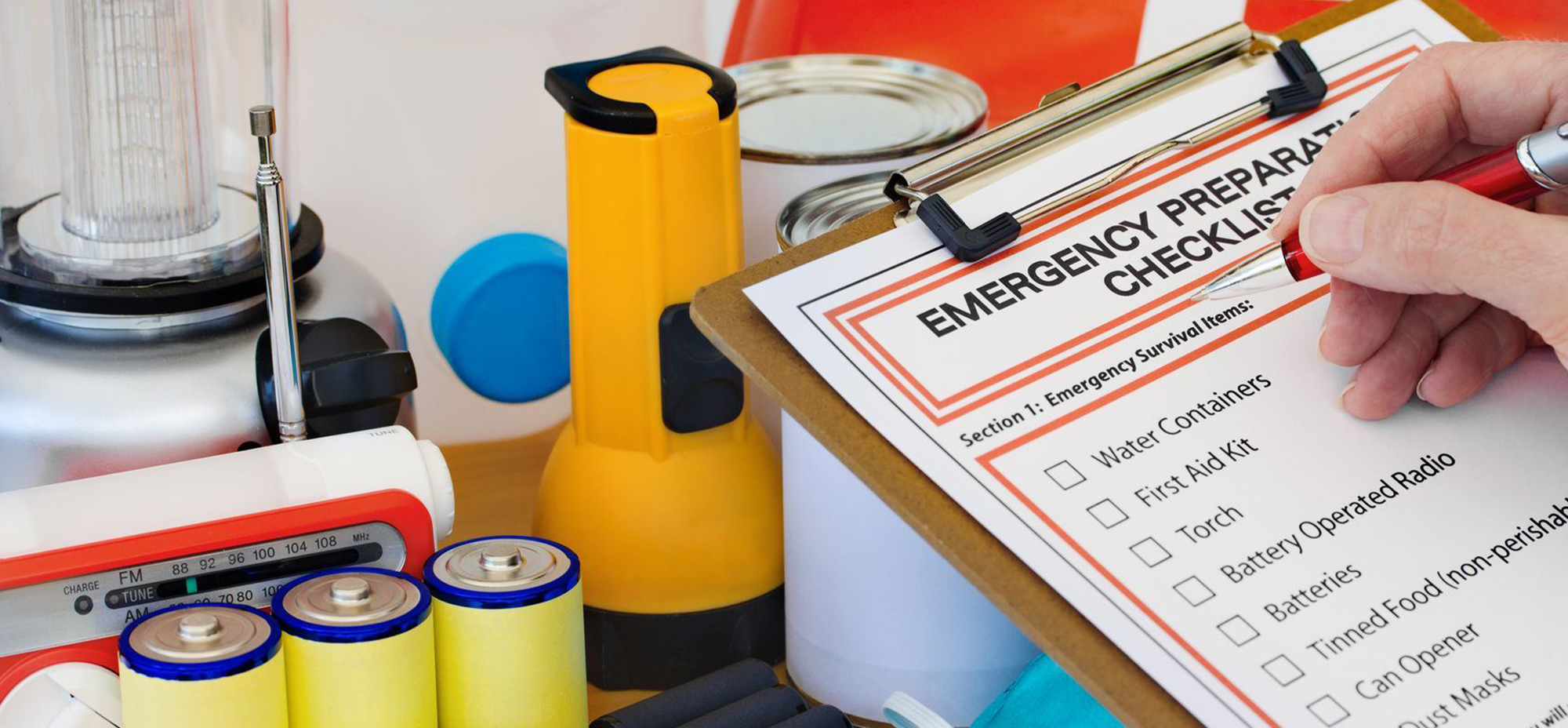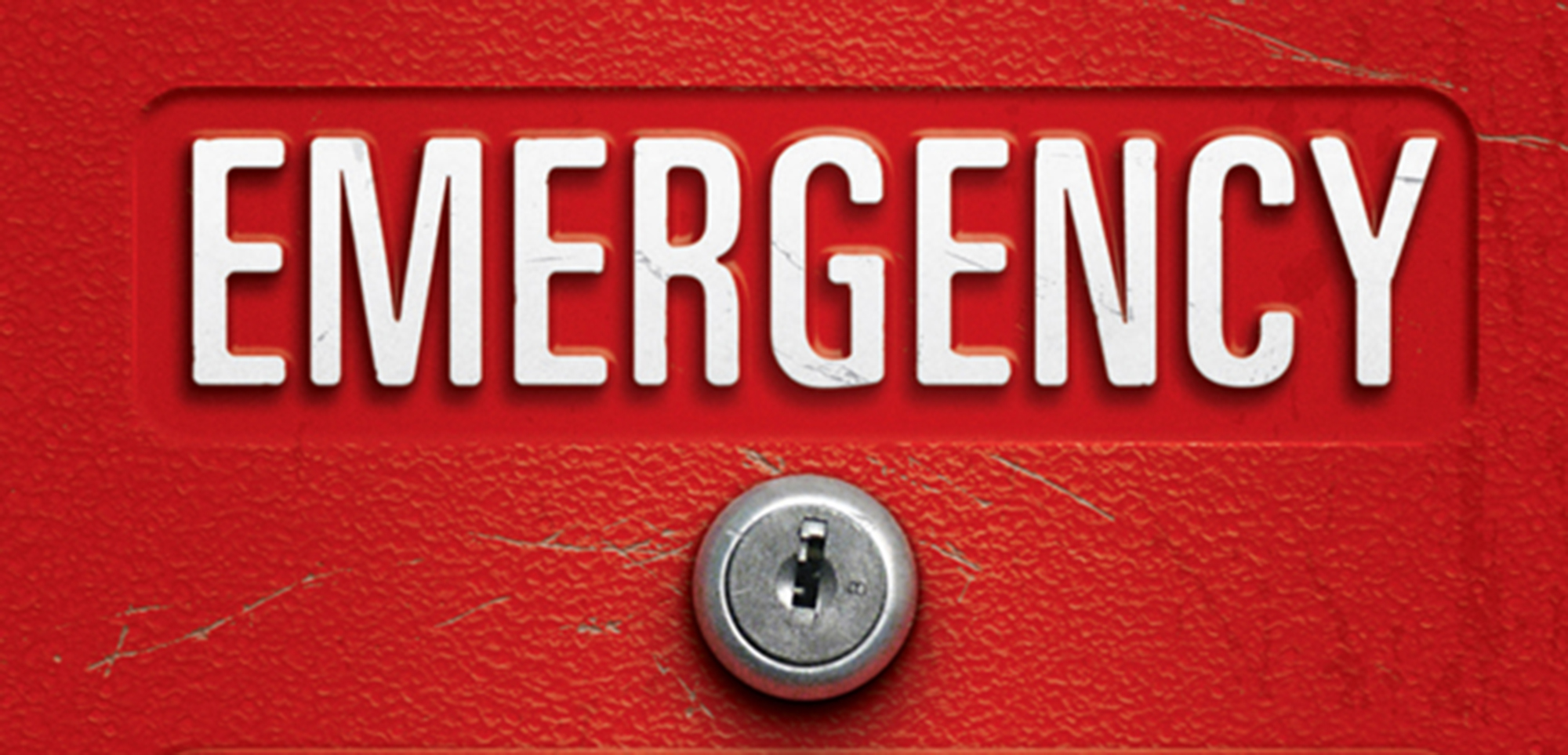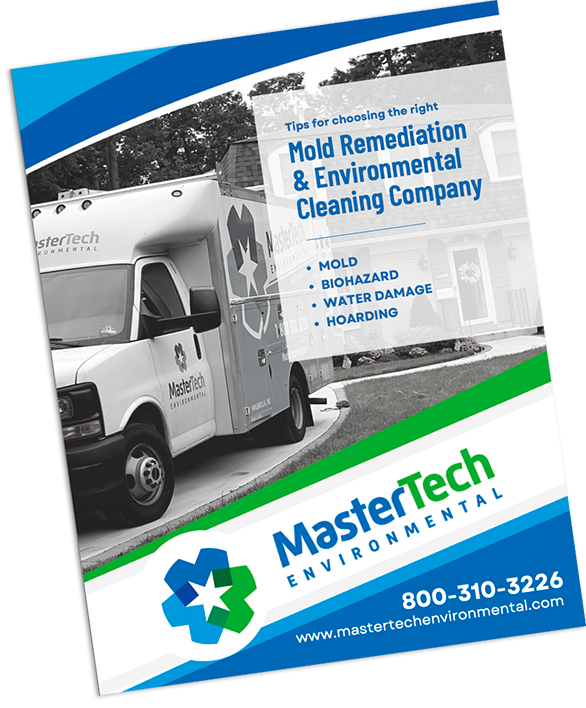What is an Emergency Disaster Kit
In the event of an emergency (i.e: natural disaster, power outage, major storms, etc.), you and the members of your household may need to rely on an emergency disaster kit to get you through the emergency.
Disaster Kit= a collection of basic items your household may need in the event of an emergency.
It is important to assemble your kit prior to an emergency. Set aside some time a couple of times each year to either gather supplies for a new emergency kit or replenish an existing kit. In the event of an emergency, you will need to react in a moment’s notice. You will not have the time to search for or shop for the supplies. Not to mention all the people you may have to fight through at the store for that last pack of batteries.
You may need to survive on your own for a while following an emergency. This means you will need sufficient supplies to last you at least three (3) days on your own. Local officials and relief workers will be on the scene after a disaster but they cannot reach everyone immediately. You could get help in hours or it might take days.
Additionally, basic services such as electricity, gas, water, sewage treatment and telephones may be cut off for days, weeks or potentially longer. Your supplies kit should contain items to help you manage during these outages.

Building a Basic Emergency Disaster Kit
Emergency disaster kits should be fully stocked and ready for use at any given moment. During an emergency event, you will need to react quickly. Kits should be portable and readily accessible at all times in case of emergency evacuation. A basic emergency disaster kit should include the following:
- Water— one gallon of water per person, per day for at least three days, for drinking and sanitation
- Food— at least a three-day supply of non-perishable food
- Radio— to receive updates throughout the emergency event, keep a battery-powered or hand crank radio and a NOAA Weather Radio with tone alert and extra batteries for both
- Flashlight— battery-powered or solar-powered flashlight with extra batteries
- Extra batteries— keep a supply of a variety of batteries for all your battery-powered items
- First aid kit— check that it is fully stocked
- Whistle— to signal for help
- Dust mask— to help filter contaminated air
- Plastic sheeting— and duct tape to shelter-in-place
- Personal Sanitation— Moist towelettes, garbage bags and plastic ties
- Wrench— or pliers to turn off utilities
- Manual can opener— for food, if kit contains canned foods
- Local maps
- Cell phone— with chargers, power inverter or solar charger
Additional Emergency Supplies to Consider:
- Prescription medications
- Infant formula and diapers
- Pet food & extra water for your pet(s)– consider building an emergency kit specifically for your pet(s)
- Important documents– copies of insurance policies, identification, bank account records, etc. Keep documents in a waterproof, portable container
- Cash and/or travelers checks and change
- Emergency reference materials such as a first aid book or a print out of the information from www.ready.gov
- Sleeping bag or warm blanket for each person– consider additional bedding and warm clothing for colder months and/or if you live in colder climates
- Complete change of clothes (long sleeve shirt, long pants, sturdy shoes)– consider additional clothing during the colder months and/or if you live in colder climates
- Rain gear
- Matches in a waterproof container
- Fire extinguisher
- Feminine supplies and personal hygiene items
- Mess kits– include paper cups, plates, plastic utensils
- Paper towels– and other paper products
- Pencil and paper
- Signal flare
- Tent
- Compass
- Household chlorine bleach & medicine dropper
- Notes:
- 9 parts water to 1 part bleach= disinfectant
- 16 drops of bleach per gallon of water= drinkable water in an emergency
- **Do not use scented, color safe or bleaches with added cleaners
- Notes:

Preparing For Emergencies
Make sure that your emergency disaster kit is ALWAYS readily accessible and easy to transport in case of emergency evacuation. It is important to check your kits a few times a year or following an emergency event. If supplies are low and/or if any of the items have been damaged, replenish and/or replace the supplies to prepare for the next emergency event.
When preparing for emergencies, FEMA stresses the following 3 key things, “[…] prepare an emergency disaster kit, develop a family emergency plan, and be informed about the different types of emergencies that could occur and their appropriate responses.” Take the time to review all emergency plans and types of emergencies with all members of the household a couple of times a year so you are ready to react in the event of an emergency. Make sure that every member of the house hold knows where to locate the emergency disaster supplies kit.
Emergencies are unplanned events that are completely out of our control. There is no preparing for some emergencies. That is why we must control the controllables. Take the time to build an emergency supplies kit, establish an emergency plan and educate yourself on possible emergency types.



